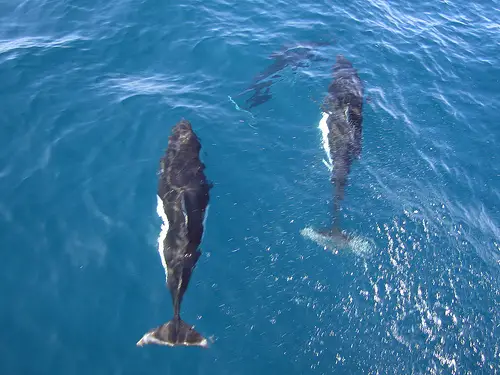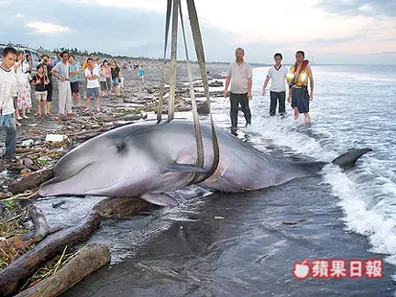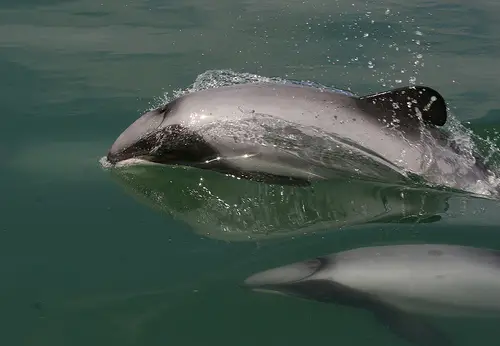Amazonian manatee
The Amazonian manatee is the only fresh water manatee in the world and is found only in the Amazon river basin. This unique species of manatee is currently classed as vulnerable and the exact population numbers are unknown. The last population estimate on the Amazonian manatee was just over 30 years ago where there was an estimated 10,000 alive in the wild. Although today’s population unknown it is believed that the population may be in decline due to a number of different threats.
Found throughout the Amazon basin the favored habitat of the Amazonian manatee is that of lagoons and backwater lakes that are plentiful in underwater plant life. Threats to the Amazonian manatee are also plentiful with such as pollution, hunting, deforestation and fishing boats, leaving the slow moving manatees very vulnerable.
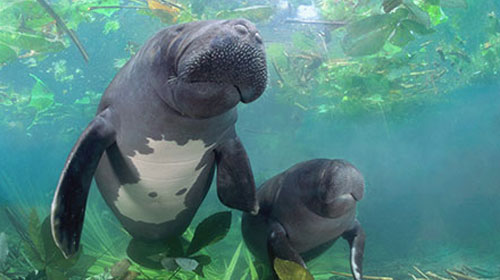
Amazonian manatee's grazing
It can be easy to confuse the manatee with the dugong however the trait that is most recognizable in manatees is their paddle shaped tail which differs greatly from the dugong who has a tail similar to that of a whale. These docile mammals have a rounded body with a small head and small eyes. The Amazonian manatee has thick protective skin and has no external ears which is common in underwater mammals however the Amazonian manatee’s eyes are not well adapted for aquatic life which is unusual.
The Amazonian manatee is the smallest species of manatee and has longer flippers than other species of manatee and its skin is more rubber like compared to other manatees who typically have more of a wrinkly skin. Amazonian manatee are gray in color and differ from white to pink on their underside.
Active throughout both the daytime and night the Amazonian manatee is a herbivore and spends its entire life underwater feeding on aquatic plant life. As with many other herbivores the Amazonian manatee consumes a vast amount of plant material each day averaging around 12% of its total body weight.
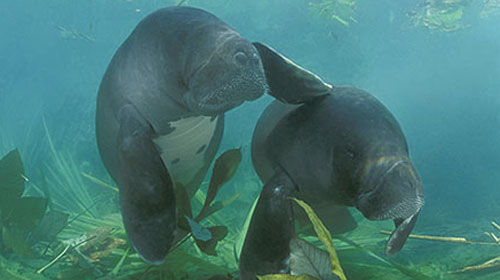
Amazonian manatee's playing together
Usually the Amazonian manatee’s are solitary animals however females may travel together with their young. Occasionally larger congregations of Amazonian manatee are seen at particularly good food sources. These groups are rare and can contain anywhere from 4 – 8 manatees.
The Amazonian manatee’s follow the flow of the Amazonian river, feeding within the high waters during the flood season. When the water levels begin to decrease some Amazonian manatee’s will follow the flow out into open water where they will still be able to feed however will be challenged by strong open currents while other Amazonian manatee may choose to stay in the deep lagoons and pools where they will live off their fat reserves until the next flood season comes around.
The lifespan of the Amazonian manatee is unknown in the wild however records in captivity have found specimens to live up to 12 years. The female gestation period of the Amazonian manatee is around 12 months after which usually one calf will be born.
